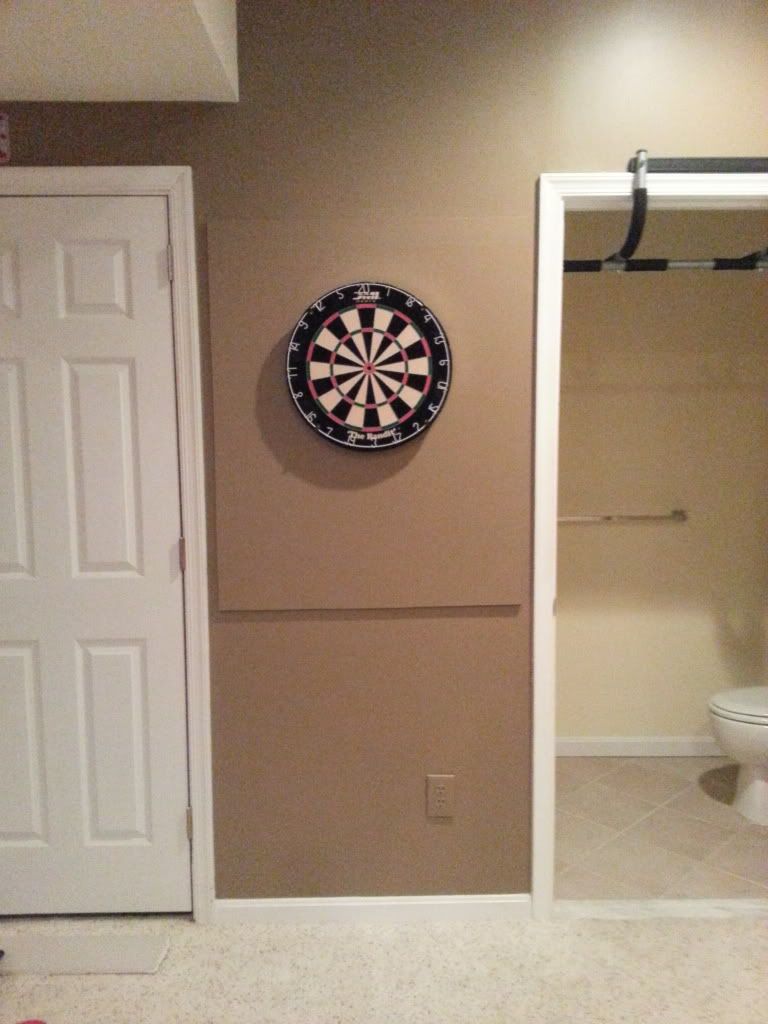So let's begin on this
journey again. Last time we discussed something important, changing our mindset
when it comes to medicine purchases. We need to think in terms of buying an
ingredient instead of buying a name. Today we are going to start looking at
boxes. Most times, over-the-counter
(OTC) boxes have a few sides that are dedicated to cramming as much information
into the space as possible. Or, it seems that way at least.
If you have a brand name
box, on the front of the package you'll see its brand name. In this instance,
we see the name Advil®. Notice that below the name Advil® is the active
ingredient, ibuprofen. That active ingredient is what is responsible for
helping reduce fever and inflammation. If you rotate the box, you will also find the name of the
active ingredient at the beginning of the Drug Facts section. As you will see further below, the
ingredient in not Advil®, rather, the ingredient again is ibuprofen.
 |
| This is not an endorsement of a particular store brand. |
Now I know there's a lot
of tiny print in the Drug Facts section. It can be overwhelming to look at.
However, there's a lot of important information found here. Don't worry, we'll
go through it slowly together. The different sections found in the Drug Facts
section are:
-Active Ingredient
-Uses
-Warnings
-Directions
-Other
Information
-Inactive
Ingredients
So
let's take a closer look at the Active Ingredient portion. It
starts out saying "Active Ingredient (in each caplet)." Just that
little amount of information already tells me something. It gives me a dose
amount/serving-size - 1 caplet. Let's go a bit further. Next is says
"Ibuprofen 200mg (NSAID)" Therefore, when you ingest 1 caplet, you
have just taken 200mg of ibuprofen.
Notice
how after the (NSAID)* there is a *. This * means that the manufacturer has
something extra to say, like a definition, about that sentence or word. We need
to find another * on the box to see what it means. As it happens, the next line
says *nonsteroidal anti-inflammatory drug. We found the second *! Therefore,
that * after (NSAID)* is saying that NSAID stands for *NonSteroidalAnti-Inflammatory Drug.
 Let's look at a another
example of this on the front of the box. After "100 Coated Caplets"
there is another *. That star means we have more information somewhere on the
box about what a caplet is. Very conveniently, it happens to have the matching
single star right below it saying Capsule-Shaped Tablets. It's a definition saying
what a "Caplet" is. Let's say the box said 100 Coated Caplets***. See
how there's three stars? Well, then you'd look somewhere on the box for *** to
see what additional information the company is trying to relay.
Let's look at a another
example of this on the front of the box. After "100 Coated Caplets"
there is another *. That star means we have more information somewhere on the
box about what a caplet is. Very conveniently, it happens to have the matching
single star right below it saying Capsule-Shaped Tablets. It's a definition saying
what a "Caplet" is. Let's say the box said 100 Coated Caplets***. See
how there's three stars? Well, then you'd look somewhere on the box for *** to
see what additional information the company is trying to relay.
There's one other piece
of information that the Active Ingredient section will give - the purpose of
the ingredient. In the example above, the purpose next to ibuprofen is pain
reliever/fever reducer. In other words, it is telling you what the ingredient
does.
Whew! That was a lot of
information in such a tiny space! Great
job keeping up though. These steps will make you an informed consumer,
something that I think is very important. Know what you are putting into your
body and what it will do for you. Next time, we'll examine more areas of the
box.
Questions? Leave a comment below if anything is unclear
so far.










.jpg)